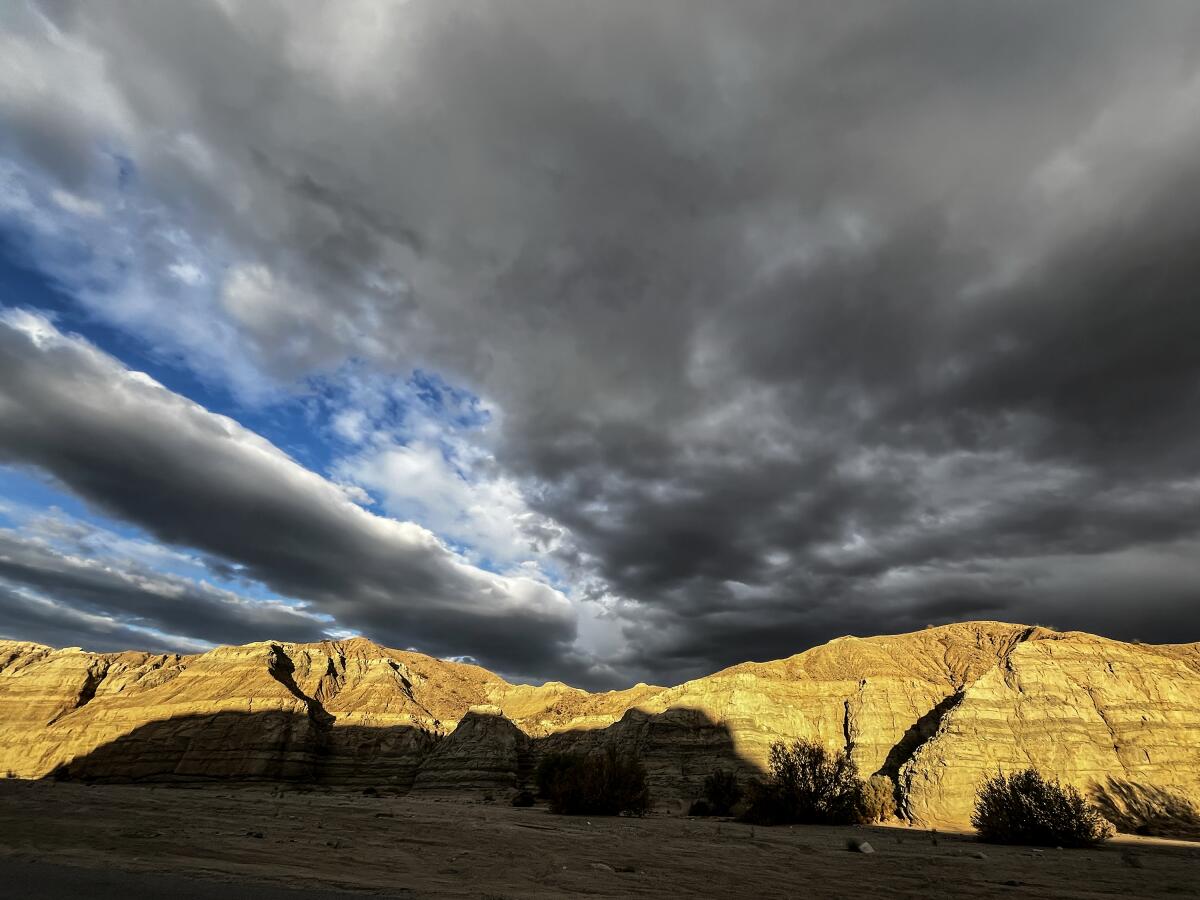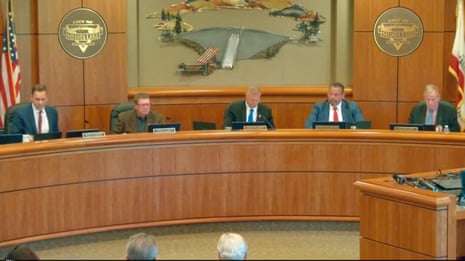Executive Summary
- Researchers achieved quantum teleportation and QKD over standard fiber-optic cables, enabling quantum communication to coexist with classical data traffic.
- A team from Toshiba Europe successfully transmitted quantum messages over 254 kilometers of existing fiber-optic infrastructure without using cryogenic systems.
- These advancements pave the way for secure quantum communication, ultra-fast computing links, and distributed quantum processors, potentially revolutionizing industries.
Event Overview
Recent scientific advancements have achieved significant milestones in quantum communication. Researchers successfully demonstrated quantum teleportation and quantum key distribution (QKD) over existing fiber-optic networks. These achievements integrate quantum communication with current internet infrastructure, offering the potential to save billions in infrastructure costs and expedite the arrival of quantum-powered technologies. This breakthrough marks a crucial step towards developing practical quantum networks, capable of secure messaging, ultra-fast computing links, and distributed quantum processors.
Media Coverage Comparison
| Source | Key Angle / Focus | Unique Details Mentioned | Tone |
|---|---|---|---|
| The Brighter Side of News | Quantum teleportation over fiber-optic cables, integrating with existing infrastructure. | Highlights the cost-saving potential and speed of quantum-powered technologies, focusing on the coexistence of quantum and classical communication. | Optimistic and forward-looking. |
| Yahoo News / IEEE Spectrum | Quantum key distribution (QKD) over 254km without cryogenics, addressing "Q-Day" cybersecurity threats. | Emphasizes the use of simpler, cheaper hardware like avalanche photodiodes, and the potential for scaling up data rates and distance. | Practical and solution-oriented, with a sense of urgency regarding cybersecurity. |
| New Scientist | Quantum data exchange using existing telecommunication fibers at room temperature. | Focuses on the plug-and-play operation of the quantum internet and the use of less costly photon detectors, reducing energy requirements. | Informative and progressive, highlighting practicality. |
| Nature | Long-distance coherent quantum communications in deployed telecom networks. | Implementation of coherence-based twin-field QKD protocol over a 254-kilometer commercial telecom network. | Technical and scientific, presenting research findings. |
Key Details & Data Points
- What: Researchers have achieved quantum teleportation and quantum key distribution (QKD) over existing fiber-optic networks, allowing quantum communication to coexist with classical data traffic. This involves transmitting quantum information through single photons and using techniques like entanglement to transfer quantum states.
- Who: Key individuals include Prem Kumar (Northwestern University), Jordan Thomas (Northwestern University), and Mirko Pittaluga (Toshiba Europe Limited). Organizations involved are Northwestern University, Toshiba Europe Limited, Poznan Supercomputing and Networking Center, and GÉANT Vereniging.
- When: The Northwestern University study was published in Optica. The Toshiba Europe Limited research was published in Nature on April 23, 2025, with the experiments conducted earlier.
- Where: The quantum teleportation experiment took place at Northwestern University. The quantum communication network was set up across 254 kilometers of commercial optical fiber in Germany, linking data centers in Frankfurt and Kehl.
Key Statistics:
- 254 kilometers: Distance over which Toshiba Europe transmitted quantum messages without cryogenics.
- 30.2 kilometers: Distance over which Northwestern University successfully teleported quantum data across standard fiber.
- 110 bits per second: Data transmission rate achieved in the Toshiba Europe experiment, with potential for scaling up to gigahertz.
Analysis & Context
The successful demonstration of quantum teleportation and QKD over existing fiber-optic networks represents a significant step towards practical quantum communication. The ability to integrate quantum communication with existing infrastructure reduces costs and accelerates the deployment of quantum technologies. The Toshiba Europe team's achievement of long-distance quantum messaging without cryogenic systems is particularly noteworthy, as it addresses scalability and cost concerns. While current data rates are limited, ongoing research aims to improve speed and distance through advanced techniques like quantum repeaters. These advancements hold promise for secure communication, ultra-fast computing, and advanced sensing, potentially transforming various industries.
Notable Quotes
This is incredibly exciting because nobody thought it was possible. Our work shows a path towards next-generation quantum and classical networks sharing a unified fiber optic infrastructure. It opens the door to pushing quantum communications to the next level.
By performing a destructive measurement on two photons—one carrying a quantum state and one entangled with another photon—the quantum state is transferred onto the remaining photon, which can be very far away. Teleportation allows the exchange of information over great distances without requiring the information itself to travel that distance.
This work opens the door to practical quantum networks without needing exotic hardware.
A systems engineer could look at this and see that it works.
Conclusion
The recent achievements in quantum teleportation and quantum key distribution mark a pivotal step towards realizing practical quantum networks. Researchers have successfully demonstrated these technologies over existing fiber-optic cables, integrating quantum communication with current internet infrastructure. While challenges remain in improving data rates and distances, the advancements pave the way for secure communication, ultra-fast computing, and advanced sensing, with potential applications across numerous industries. Ongoing research and development promise further enhancements, bringing quantum technologies closer to widespread implementation.
Disclaimer: This article was generated by an AI system that synthesizes information from multiple news sources. While efforts are made to ensure accuracy and objectivity, reporting nuances, potential biases, or errors from original sources may be reflected. The information presented here is for informational purposes and should be verified with primary sources, especially for critical decisions.









